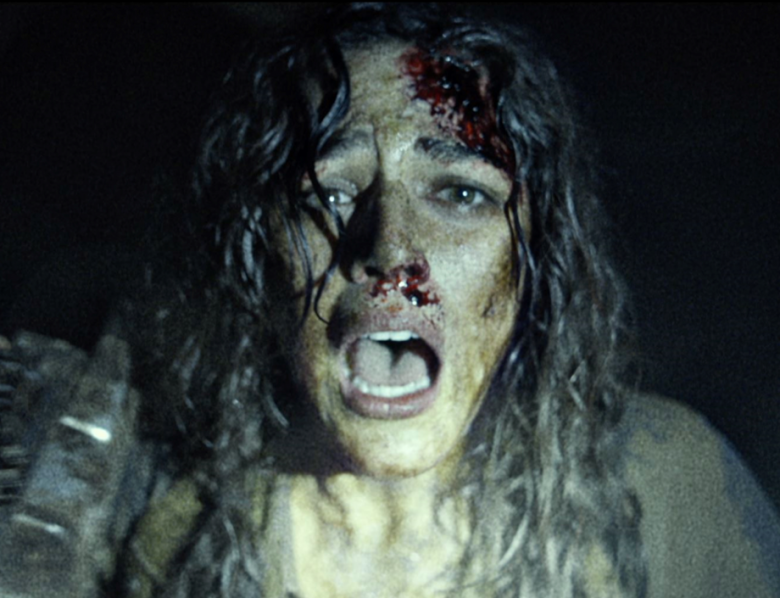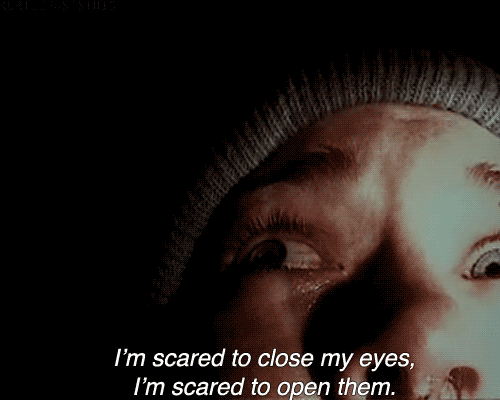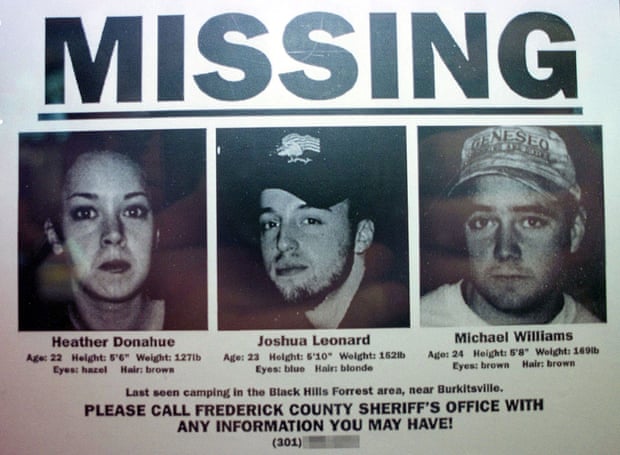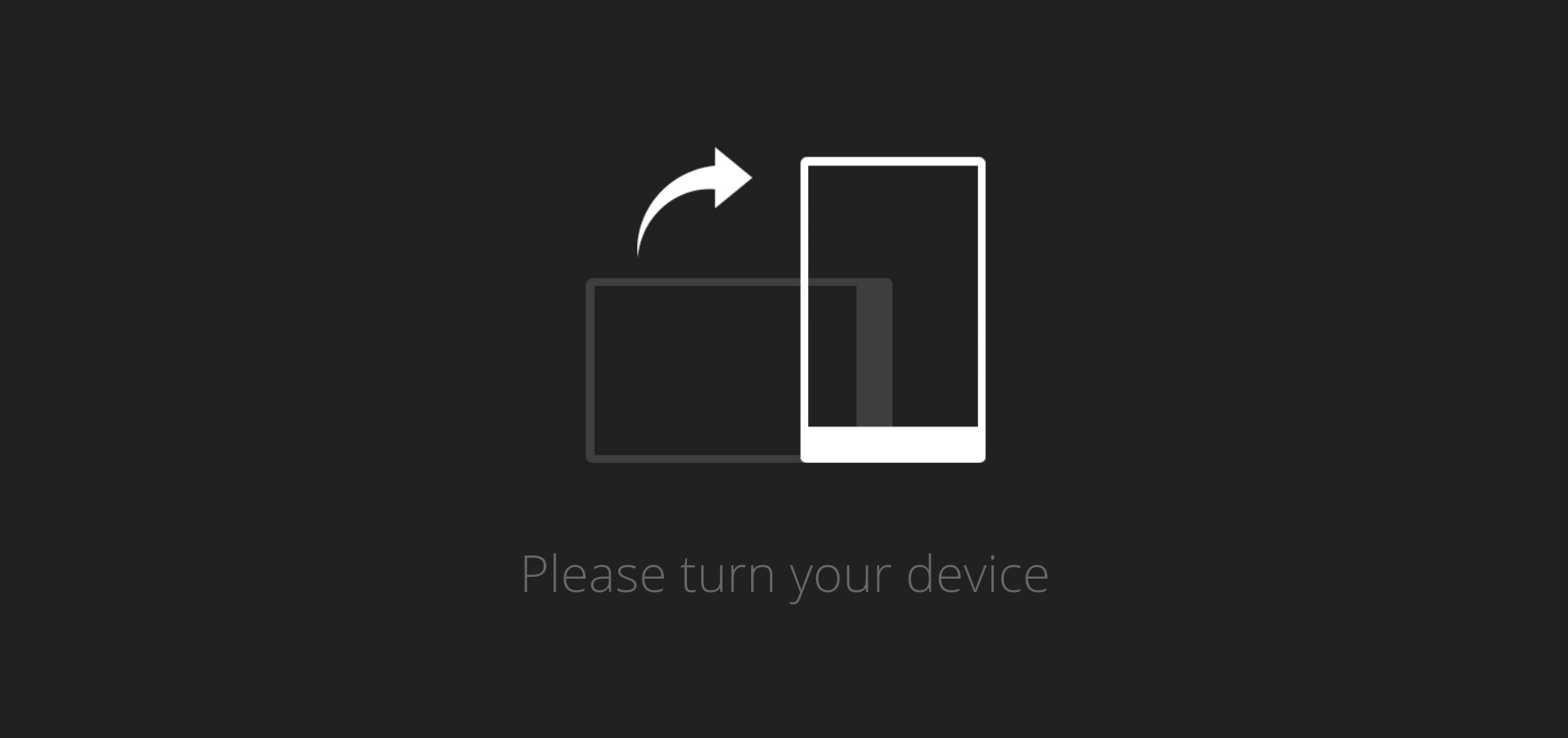
The Blair Witch Legacy & The Struggle To Recapture A Scarier Time In Horror
The way we’re heading, 2016 is pegged to become one of the best years for horror in the foreseeable past. Boasting critically acclaimed titles that have been box-office napalm The Witch, The Conjuring 2, The Shallows, Lights Out and Don’t Breathe. Keep in mind, this is all before the month of October, a time of year which usually cranks out the year’s scariest films.
This year proved that horror has made a comeback in a big way.
Summer of #Horror
The Darkness★★½
The Conjuring 2★★★½
The Shallows★★
The Neon Demon☆
The Purge: Election Year★★★
Lights Out★★
Don't Breath★½— Tara Sabrehagan ???? (@Sabrehagan) September 7, 2016
In keeping with Hollywood’s dependency on sequels and remakes, half of this year’s horror cinema releases have cashed in on nostalgia, with The Conjuring, The Ring and Ouija sequels, and the Jaws-inspired The Shallows.
This year’s latest horror release Blair Witch is part of a franchise that has long been dormant. The sequel comes without original directors Daniel Myrick and Eduardo Sánchez, instead replaced by Adam Wingard and screenwriter Simon Barrett – the directors behind quality horrors You’re Next and The Guest.
Despite the directors being primed to deliver a horror with a difference, the latest installment is far from exceptional.
https://twitter.com/Spacekatgal/status/777346787606687744
A nullity of a horror film and an uninspired follow up, #BlairWitch is an irksome retread leaving a disappointing sense of deja boo #mtrv
— Igor Shteyrenberg (@igor_s__) September 18, 2016
The sequel essentially borrows the scariest parts of the original, which happen in the final minutes and applies these principles to the entire movie. Even to the point where the characters are literally stuck in the dark almost the entire film. This comes at the expense of developing the characters, an area where the original found its strength.
To understand why the 2016 film doesn’t compete in today’s horror context, it’s important to go back to the beginning. If we disregard the abysmal sequel, the original, dating back to 1999 was a real game-changer. Released in a year when the horror genre mostly circulated around monster movies Lake Placid and Deep Blue Sea and horror/thrillers like The Sixth Sense and Sleepy Hollow, all big on famous faces and relying on star power for pulling in the crowds.
A fresh departure from these films was The Blair Witch Project, which explored a unique style of filmmaking: found-footage. The movie introduced mainstream audiences to the concept of raw, unedited and amateur-looking recording, created with unknown actors, often filming from a first person perspective.

Since 1999, the found-footage horror genre has become one of the most embraced conventions in the category. Its prevalence is up there alongside the torture-porn craze instigated by Saw and The Human Centipede and the now popular European horror trend exemplified by films Martyrs, Goodnight Mommy and A Serbian Film.
Subscribing to the ‘less is more‘ approach to horror, that prior decades of 80’s and 90’s slashers and gory 70’s classics has gone against, found-footage became a blanket term for faux-documentary style. In truth it was nothing new. Italian filmmaker Ruggero Deodato had paved the path almost two decades prior and the style had already been tested in 1980’s Cannibal Holocaust and 1998’s The Last Broadcast.
But The Blair Witch Project received mainstream success that earlier films could never match. It quickly became one of the most successful horror movies ever, costing about $60,000 to make and collecting nearly $250 million worldwide. In its footsteps rose Paranormal Activity and [REC] which also managed to cash-in on the appeal.
Having championed the technique into the mainstream, its legacy is its sequels biggest downfall. The normalisation of found footage cinema results in ‘The Blair Witch Legacy’ losing its ‘shock’ value.

Scraping for attention, found-footage films have started to rely on technological gimmicks with webcams and smartphones to stay ahead of the curve.
However, what really set the original apart was that it was the first major horror film to take full advantage of the internet. During a time when audiences were comparatively gullible, the film’s release was diversified with an online campaign that led audiences to believe that the gruesome events of Black Hill’s Forest had actually happened.
The suspension of disbelief was executed through a multi-angled internet campaign. An independent website was created providing information about the case, featuring mocked-up news reports, with accompanying websites created that corroborated the events. Along with this, every possible detail was artificially engineered, even on the IMDb database, the actors in the movie were listed as “missing, presumed dead”.

William Thomas Cain/Getty Images
The hoax was so convincing that after the film’s release the place the movie was portraying, Burkittsville in Maryland, found itself overrun with Blair Witch groupies, trying to find the ‘real’ places where the story had happened in the woods, despite the actual happenings being entirely made up by the producers.
The year 1999 was a simpler time, when selling believability was much easier. The World Wide Web only went live to the world in 1991 and by 1999, people were just starting to make the internet part of their daily lives. There was no such thing as social media and Google had been around for only a year, so news got around a lot slower in those days.
The Blair Witch internet campaign is impossible to replicate today. We now have instant access to information at our fingertips, along with a slew of websites and hosts whose calling card is debunking this sort of thing.

Blairwitch.com
The rise of political satire and fake news sites running bogus and ironic headlines has fueled cultural cynicism, leading people to continuously question the authenticity of the news being presented before their eyes. It’s never been a more problematic time to deceive people online.
The 2016 sequel was never going to inspire the mania that surrounded the first movie. To attempt to build hype, the studio kept the franchise’s reboot a secret, only referring to it throughout a two-year development and production as The Woods. It was only at Comic-Con International in San Diego, that a sneak peek screening was held and the real film was revealed.
In an effort to replicate the original’s attraction, the Blair Witch’s marketing began with a creepy video. The video (below) uploaded to YouTube with no studio watermarks or anything obviously related to the film, and shows footage of someone running through a series of dark corridors.
The description of the video tells the viewer the footage was originally posted on April 2014 and came from an old DV tape in the Black Hills Forest, from a group of people that had gone missing in those same woods, warning: “THIS IS WHAT THE AUTHORITIES DON’T WANT YOU TO SEE.”
Such a video, in culture of mistrust just doesn’t have the same effect and the clip failed to accumulate any real interest online.
While set up like the first film in the Maryland woods, without the found-footage novelty and the believability factor which was the original’s hallmark, the sequel falls short of overwhelming expectations.
